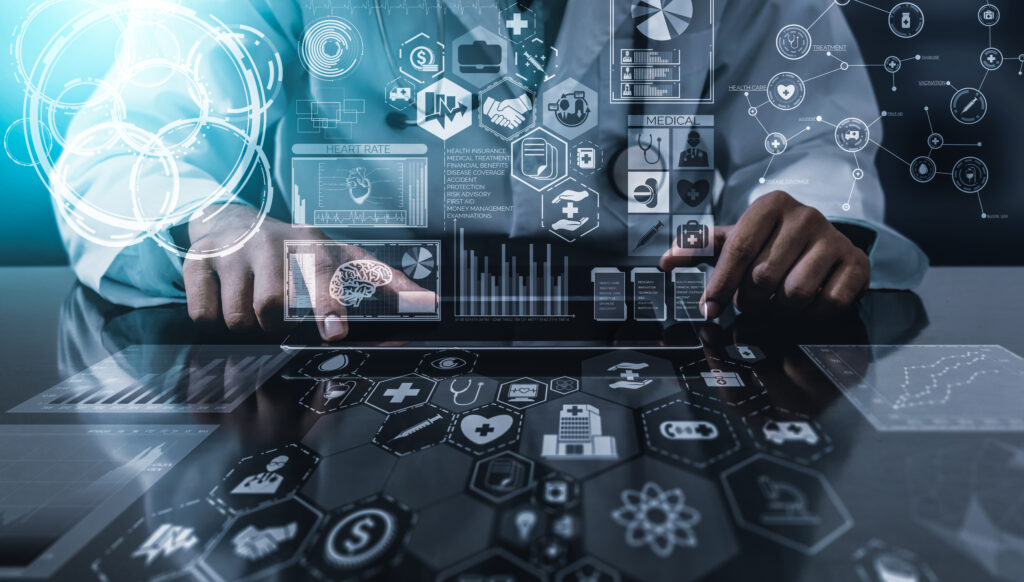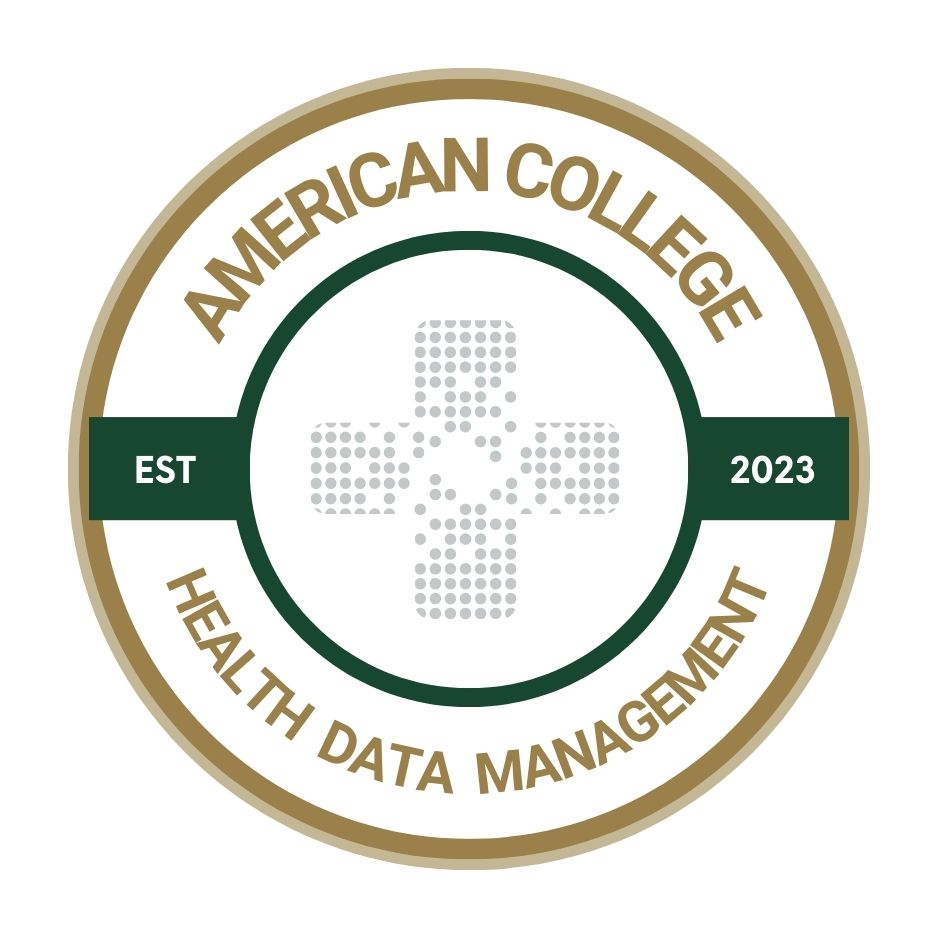Exploring the potential of data convergence in the EHR
Organizations need to reimagine the EHR to make the transition from data silos to unified platforms to achieve better health outcomes.

In a series of articles, we’ve explored the challenges and opportunities presented by the extensive data explosion in the healthcare industry. You can find the initial publication here for all five themes introduced.
In this piece, we’ll look back at how we got here and explore the immense potential, challenges, and future implications of data convergence in the electronic health record (EHR).
The evolution of the EHR
EHRs have surpassed the expectations of even the most visionary leaders – the technology has assumed a pivotal role in our healthcare system. Originally intended to digitize records, improve information sharing and enhance administrative efficiency, their scope has expanded significantly.
Today, EHRs provide one of the most comprehensive views of patients’ health information, incorporating clinical data, patient-reported data, genomics and more. EHRs represent an organization’s largest health IT budget allocation. Moreover, EHRs are now expansive information platforms, serving as the definitive “source of truth” for health-related data. Consequently, the ultimate priority lies in accessing and effectively using this information.
Over time, EHRs have also become increasingly patient-centered. Patient portals enable access to health information, facilitate communication with healthcare providers and encourage patient involvement in their care. In addition, mobile and cloud solutions are transforming EHRs into accessible and flexible tools. They facilitate remote care delivery, empower providers and offer secure, cost-effective data storage, allowing healthcare organizations to streamline operations and prioritize patient care.
With this continued evolution towards patient-centered health, EHRs have emerged as the central hub for the patient and vast amounts of health-related data. This transformation is revolutionizing healthcare delivery and management, making EHRs indispensable.
Data convergence in action
Top EHRs have steadily expanded their product footprint into both new clinical specialty applications, like orthopedics, gastroenterology, ophthalmology, long-term care and behavioral health and new product capabilities, like the integration of genomics data and external lab data. These specialty applications enable organizations to decommission legacy solutions, simplifying their overall technology strategy and standardizing their data landscape.
EHRs are also introducing products traditionally outside of their core competencies. For example, a customer relationship management (CRM) application that enables organizations to target patient outreach campaigns to engage with patients in a meaningful way while collecting patient behavior data and centralizing communication across the organization. Another example is developing robust bi-directional data integrations with payers to effectively surface care gaps, improve prior authorization and risk adjustment workflows. These new applications effectively store expanded types of data in the EHR.
Governmental and research initiatives
Government regulation, healthcare policy and clinical research have also heavily influenced the convergence of data into the EHR, both directly and indirectly.
For example, research published in the New England Journal of Medicine notes that, “Health is influenced by factors in five domains — genetics, social circumstances, environmental exposures, behavioral patterns and health care.” The article states that as much as 90 percent of a patient’s health is influenced by what happens outside of a clinical setting, driving the increased focus around social determinants of health (SDOH). Seamlessly making this data available to a clinician, whose predominant point of view is through an EHR, will be key to driving better patient care.
Government initiatives, like the Center for Disease Control's Healthy People 2030, prioritize enhancing the nation's overall population health. These initiatives aim to raise awareness about health disparities, equity, household food insecurities and harmful environmental exposures. The success of these large-scale programs also relies on SDOH documentation to facilitate targeted patient outreach, care management and care coordination workflows.
Technology to enhance EHRs
The demand for longitudinal data continues to accelerate, and in recent years, there’s been increased integration of data into EHRs; however, the EHR remains an incomplete view of patient medical data. Moreover, on average, according to data from the US Census Bureau, Americans only interact with their healthcare provider four times a year, resulting in just four episodes of care from which to collect patient data.
The question then arises: if this data isn't in the EHR, where can it be found? The answer potentially lies on your wrist, your phone or in your home. The rise of wearables and remote monitoring tools has generated vast amounts of patient-generated health data. However, most EHRs are currently ill-equipped to process and utilize the volume that comes from patient sources.
To address this challenge, EHRs need to evolve and adapt by incorporating artificial intelligence and other digital technologies. They must not only accommodate and integrate patient-generated health data but also embrace a multitude of other data sources, such as ERP and claims data. The key question remains: how quickly can an EHR adapt, and is your data foundation, hygiene and infrastructure prepared to support this evolution?
EHRs as comprehensive platforms
As more organizations embrace the concept of holistic care for the entire patient, the EHR will continue its robust data transformation.
However, if not executed properly, increased access to data can result in increased administrative and documentation burdens, less direct patient care time and new EHR navigation struggles – all leading to overwhelmed and burned out providers and administrators. Striking the right balance between data sources, volume, quality, and relevance will be critical in realizing this vision.
Additionally, there is growing fear that a few EHRs could monopolize the storage of healthcare data and hinder innovation and new market entrants. While the fears are well founded, ONC initiatives such as USCDI and TEFCA continue to make significant strides in creating a sustainable interoperability framework. These efforts aim to ensure that healthcare data remains accessible, secure, and promotes the best interests of patients and providers.
Despite these challenges, EHRs have the potential to become comprehensive healthcare platforms, facilitating the delivery of data to the right place, at the right time and to the right people. The ongoing challenge will be in effectively harnessing the vast amount of data available and arming providers and front-line users with easily accessible contextual insights.
Sriram Devarakonda is the co-founder and chief technology officer of Cardamom Health.
